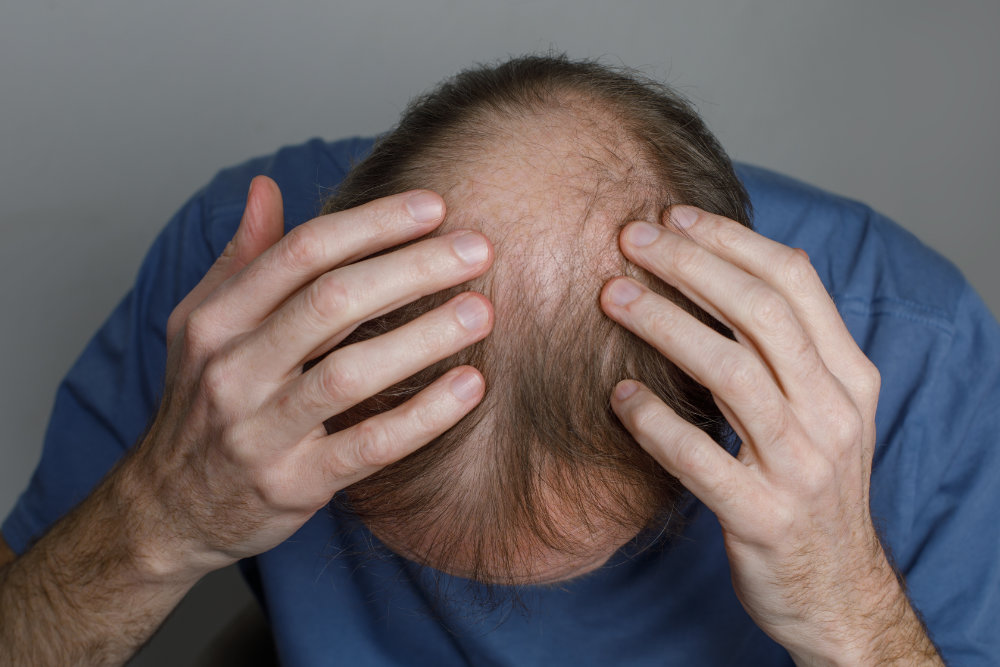Whether or not you were born with the ability to grow the perfect beard, you’re lucky enough to be born in a time where that can be permanently fixed. Similar to a hair transplant for one’s head, a beard transplant pretty much follows the same concept. If you are in the market to receive one, these are a couple things to know if you’re considering a beard transplant.
What Method Is Used To Harvest The Donor Hair?
As far as the methods one could choose from for scalp hair restoration, there are a few options (Artas Robotic System, FUE, FUT). However, when it comes to a beard transplant, the most generally accepted method is that known as FUE. This harvesting technique consists of the removal of transplanting hair –2000 at a time– to provide the best texture and coverage. The surgeon makes small incisions in the beard area that will determine the direction and growth pattern of your beard. The donor hair is then placed in these incisions. For this procedure, only local anesthesia is required.
Where Does The Donor Hair Come From?
Similar to a scalp hair transplant, the donor hairs usually come from the occipital (back of the head) area of the head. The reason this area of the scalp is usually considered a safe donor zone is because people rarely lose their hair here. Moreover, this hair is most similar to a beard in terms of thickness and texture. However, there are cases where Dr. Max has used the area under the patient’s chin as a donor area. These hairs were then transplanted to the patients beard area like normal.
How Long Does A Beard Transplant Take?
Though the length of this procedure can vary for each patient’s desired outcome, it will generally take about 7-8 hours. This is, for the most part, a couple hours less than a scalp hair transplant. Here at Hair By Dr. Max, Restoration Center, we hold our patients’ comfort and concerns at utmost importance. Usually after harvesting is complete, we take a lunch break for our patient and team before implantation then begins.
What Is It Like After A Beard Transplant?
After about two or three weeks after your surgery, your transplanted hairs will begin to fall out. But no need to fret! This happens because the body experiences mild shock from the transplant, but the hair’s papilla remains in its new home and will regrow after the hair regenerates. Your new beard follicles are just getting ready for a proper growth cycle. It will take around 90 days for your beard to complete its growth. At this point, most of the hair follicles will have settled into place. At around four months after surgery, your beard will begin to gain greater coverage. After about nine months, you will be able to grow a full beard.
Am I A Good Candidate For A Beard Transplant?
A beard transplant is a viable possibility as long as you have healthy hair on your scalp. This is necessary as it serves as the donor area for a beard transplant, thus determining it a viable possibility or not. Many men who have male pattern baldness are interested in the beard transplantation process but may have more limited options. As far as cost, keep in mind this depends on each client and what their specific hair restoration goal is.
If you are struggling to grow facial hair whether because of genetics, injury, or scarring, feel free to give us a call at 954-945-2909. We’d be more than happy to create a custom plan to bring back your hair!
You Might Also Like To Read
5 MORE HAIR TIPS YOU NEED TO KNOW
Better to learn these tips than when it’s too late
MAXIM’S SCALP GROWTH FACTORS FOR HAIR GROWTH
Growth factors is used successfully to treat alopecia areata and other causes of non-hereditary hair loss.
ARTAS IX ROBOTIC HAIR TRANSPLANT VS. FUT STRIP PROCEDURE
In this article we will go over the biggest advantages the ARTAS iX Robotic Hair Restoration has over the traditional FUT method


